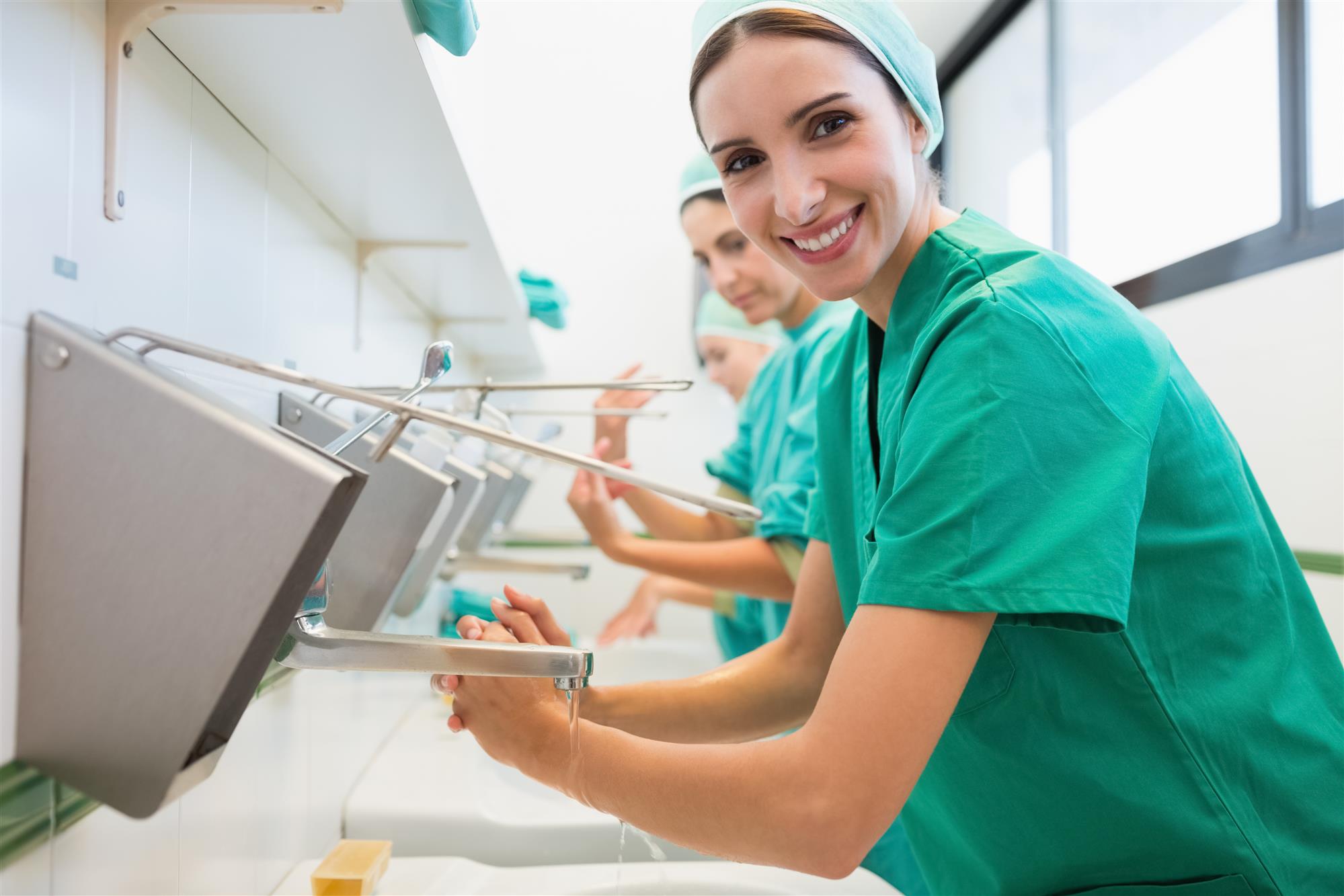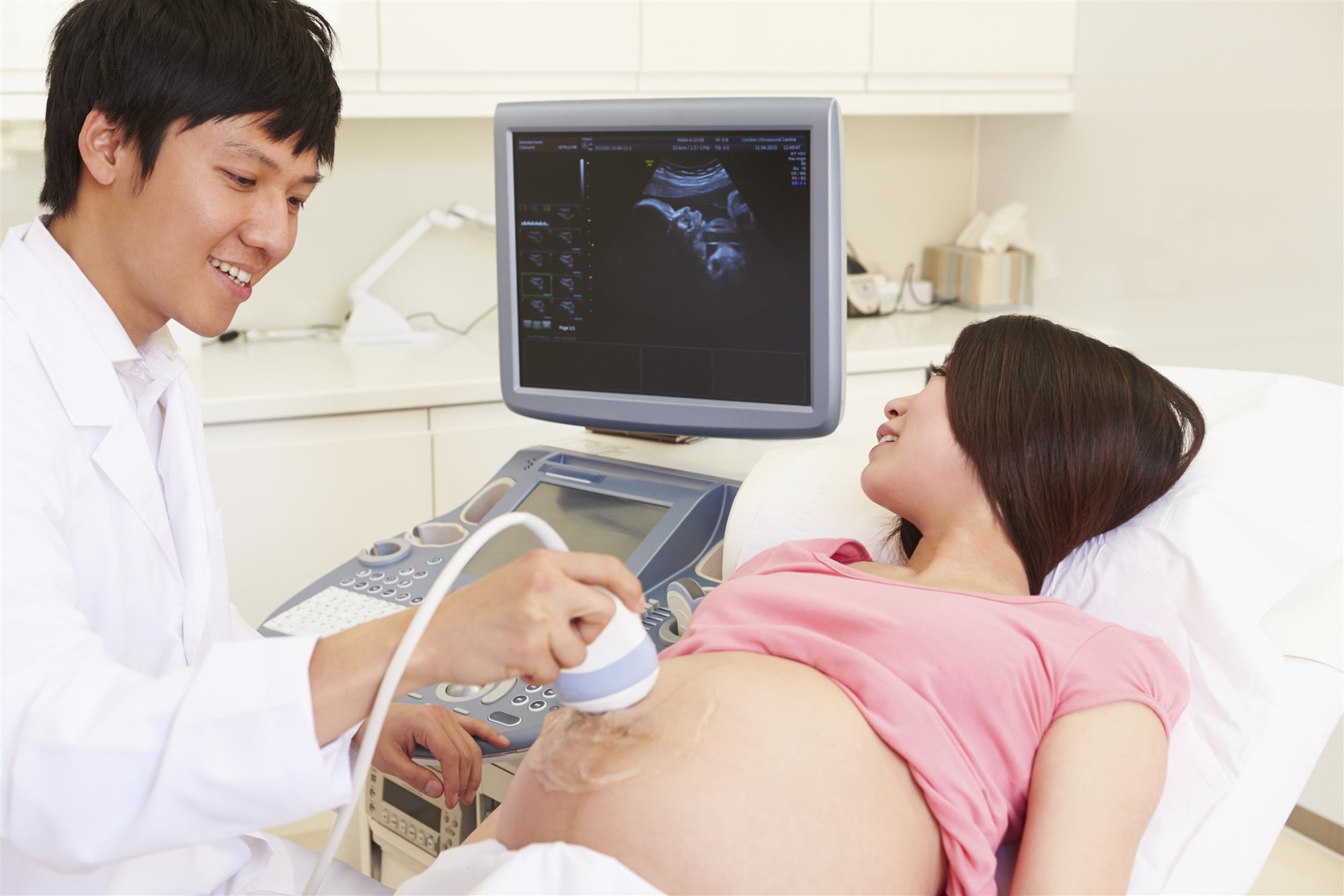Semmelweis Helped Launch the Antiseptic Era with His Germ Theory
If you researched the history of medicine and antiseptic practices, you would discover the methods used today were not commonplace in the 19th century and earlier. During this time, most medical practitioners and physicians did not believe the transmission of bacteria was caused from human contact and interaction, so there was no need to wash their hands.
Nor did they believe it was necessary to sterilize medical and surgical instruments, and they thought it was sufficient to simply rinse these off with water and wipe them off.

One of the more common infections during the late 19th century was called childbed fever, which is also known as puerperal sepsis. It was not uncommon for women to die during childbirth and also to transfer the infection to their newborn, who would die later. Today it is believed the transmission of this infection was due to insufficient hygiene practices and the lack of indoor plumbing common in hospitals.
Thanks goes to Ignaz Semmelweis and his curiosity about the cause of childbed fever, as he soon theorized the transmission of the infection was largely caused by bacteria being transferred from the hands of physicians to the expectant mothers. Semmelweis discovered the connection during his tenure at Vienna General Hospital. Prior to this position, he had completed his medical education with a focus in childbirth, as well as surgical training, and statistical and diagnostic methodologies.
While working at the hospital, he noted there was a higher prevalence of childbed fever and mortality rates in one of the two maternity clinics at the hospital. In the one clinic, expectant mothers would have their babies delivered by a midwife, and, in the other, babies were delivered by a physician. The mortality rates were significantly higher in the latter clinic.
However, Semmelweis could not yet explain the reason for the difference in mortality rates. This did not occur until he was performing an autopsy, during which he noticed the subject had died from symptoms that were rather similar to puerperal sepsis. This discovery allowed him to determine physicians were the ones responsible for the transfer of infections from autopsies and surgeries they had performed, giving them to expectant mothers and their newborns.
In addition, he then understood the variance in the mortality rates between the two maternity clinics at the hospital. To further test his theory, he insisted on a practice of handwashing by physicians, before they delivered babies, using a mixture of chlorinated solutions he created.
To everyone’s surprise, the mortality rates drastically declined, and there were some months where there were no documented deaths from puerperal sepsis. Semmelweis is also responsible for developing methods of washing medical and surgical instruments using the same chlorinated solutions prior to use on patients.
Fortunately, his practices helped pave the way for modern sterilization and antiseptic methods used in hospitals today to help control and prevent the spread of bacteria and infectious diseases, like wearing clean uniforms obtained from medical uniform rental company, Prudential Overall Supply. Please feel free to contact us at (800) 767-5536 for more information about our medical uniform programs and cleanroom products.
